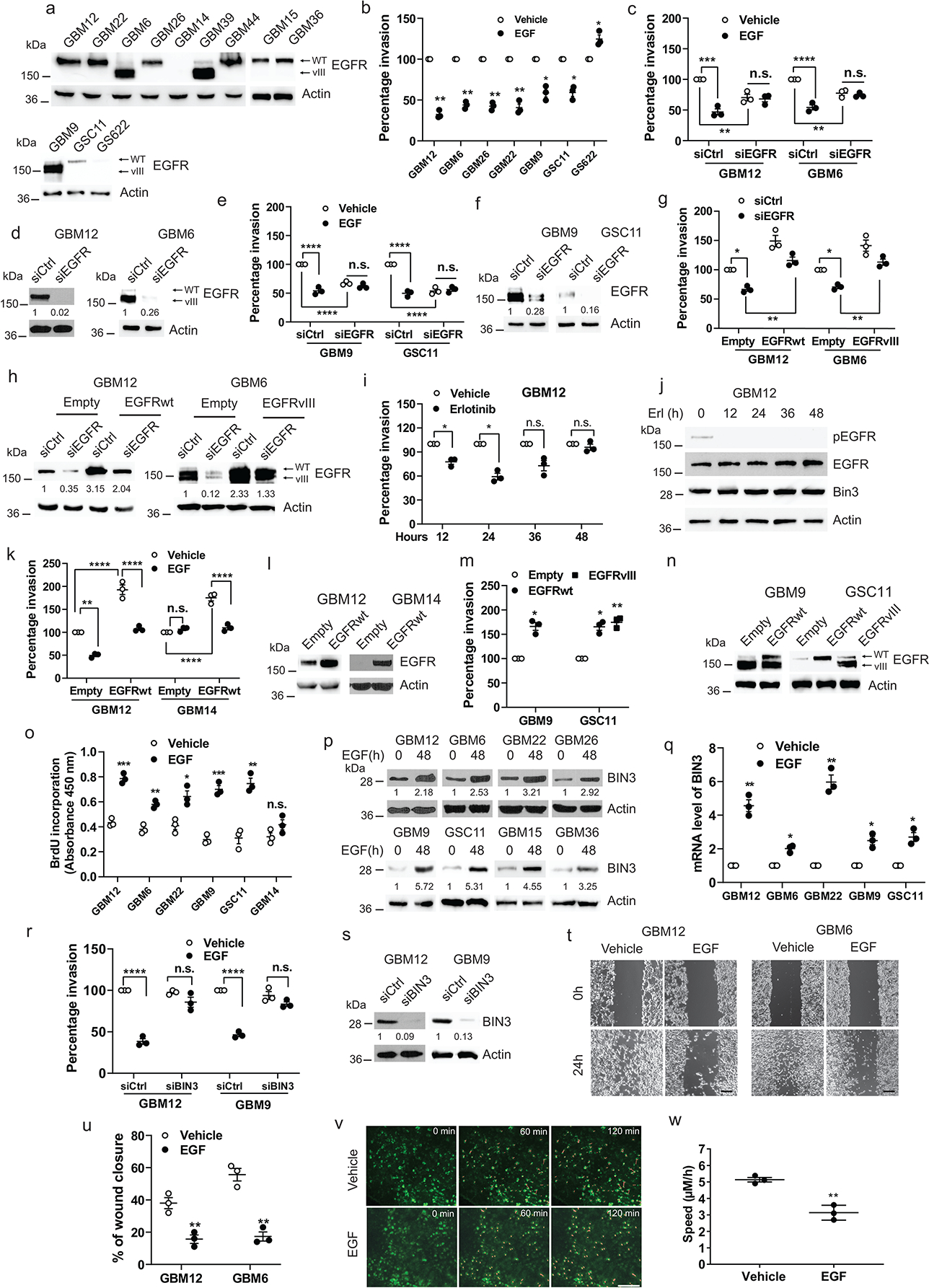Figure 1. Ligand induced EGFR signaling inhibits invasion by upregulation of BIN3.

a, EGFR expression in multiple GBM PDXs and neurospheres line. b, Matrigel invasion assay of multiple lines with or without EGF (50 ng/ml). c, Matrigel invasion assay of EGFR siRNA knockdown cells in the presence or absence of EGF. d, Knockdown efficiency of EGFR siRNA was analyzed by Western blot. e-f, Similar experiments in neurospheres. g, Matrigel invasion assay of EGFR siRNA knockdown cells retransfected with EGFRwt or EGFRvIII expression vector. h, Western blot showing knockdown or re-expression efficiency of EGFRwt or EGFRvIII. I-j, Matrigel invasion assay and Western blot of GBM12 with or without erlotinib (1 μM) for indicated times. k-l, Matrigel invasion assay of EGFRwt overexpressing cells in the presence or absence of EGF and Western blot of EGFR expression. m-n, Matrigel invasion assay of EGFRwt or EGFRvIII overexpressing cells and Western blot of EGFR expression. o, BrdU incorporation assay of multiple lines treated with or without EGF (50ng/ml). p-q, Western blot and qPCR analysis of BIN3 in multiple lines treated with EGF (50 ng/ml). r, Matrigel invasion assay of BIN3 siRNA knockdown cells with or without EGF. s, Knockdown efficiency of BIN3 siRNA was analyzed by Western blot. t-u, Representative images and quantitative analysis of scratch assay in cells treated with EGF (50 ng/ml) for 24 hours. Scale bar: 100 μm. v, Representative time-lapse imaging of migrating tumour cells (red lines) through a cranial window. Scale bar: 100 μm. w, Quantification of cell velocity for vehicle and EGF treated group (n=3/group). The Western blot images are representative of three independent biological replicates. Actin served as the loading control. The numbers below the blots indicate the relative band intensity of protein against that of actin. Data are represented as mean ± SEM from three independent experiments. Statistical significance was determined by two-tailed one-sample Student’s t-test (b, i, m, q), or by two-way analysis of variance (ANOVA) adjusted by Bonferroni’s correction (c, e, g, k, r), or by two-tailed unpaired Student’s t-test (o, u, w). *P <0.05, **P < 0.01, ***P < 0.001, ****P < 0.001, n.s. not significant. Numerical source data, statistic, exact P values and unprocessed blots are available as Source Data.
